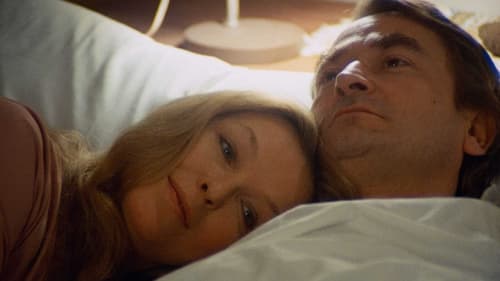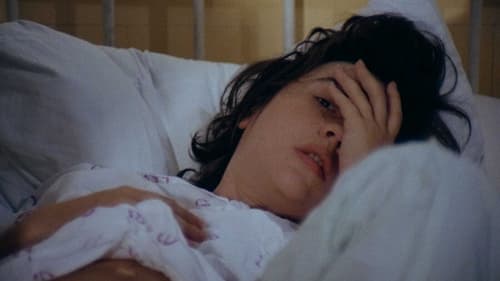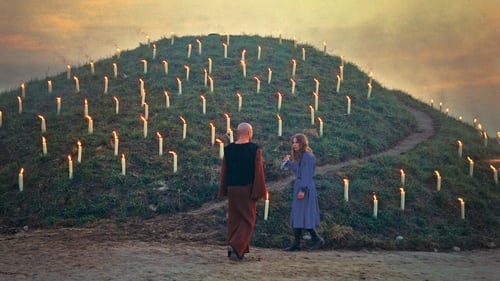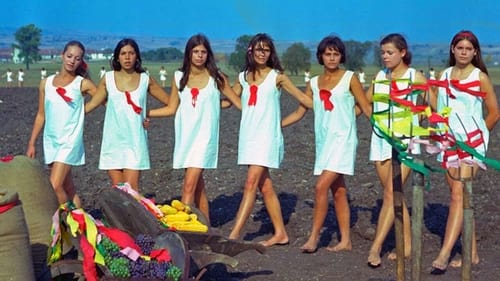
Zsadányi flees from the authorities with his goddaughter, Bankós Mari, and they escape into the forest. The film then skips ahead thirty-fold years: Zsadány and Mari are now lovers, with the sound of war in the background halting their romance. The old friends of Zsadányi have joined with the Nazis, and the landowner living with his peasants in a socialist community grows distant from them. Zsadányi is held responsible for political problems in the country, and will pay with his life.

The movie portrays a peasant revolt in Hungary in the early twentieth century.

Girl in the workers' quarters
Buscando un lugar seguro donde vivir tras ser acosada por su marido, un hombre depresivo y violento, Juli se aloja en un refugio para mujeres dirigido por Mária.

Saci
Village-girl (Juli Kovács) arrives in the city to work in a factory. The works manager (János Bodnár) sets his eye on her, but at first the girl refuses his advance.

Anna Bálint
Kata es una joven viuda que trabaja en una fábrica. Resignada a su gris existencia, con una vida de duro trabajo y viviendo en la soledad, la única cosa que dará un toque de color a su vida es su relación con un trabajador de la fábrica, casado, que ha decidido no dejar a su familia, posición que Kata acepta y respeta. (FILMAFFINITY)

Színésznõ
Dery is a grande dame actress of the Sarah Bernhardt school of big-gesture theater. Her beauty and popularity is fading, and a new school of acting which involves the use of one's own emotions (a-la Eleanora Duse) is emerging in the person of her younger Viennese rival. She thinks of retiring from the stage, and reunites briefly with her estranged husband in a newly-built manor in the country. Finding that life there is boring, she returns to town, the theater, and her old friends.

El drama de Eurípides es puesto en escena en una enorme llanura. Cientos de extras, un par de docenas de caballos, faisanes y palomas moviéndose y bailando en el terreno, mientras la cámara se desplaza entre la multitud. Es un "tour de force" coreográfico, especialmente considerando que la película tiene apenas una docena de planos largos.

La rebelión de los campesinos húngaros de fines del siglo XIX contra los terratenientes que los explotan, es narrada por Miklós Jancsó con un ritmo musical, que da a la obra la impronta de un ritual. Las primeras tentativas de la revuelta fallan, pero el espíritu revolucionario pronto volverá a estallar... (FILMAFFINITY)






